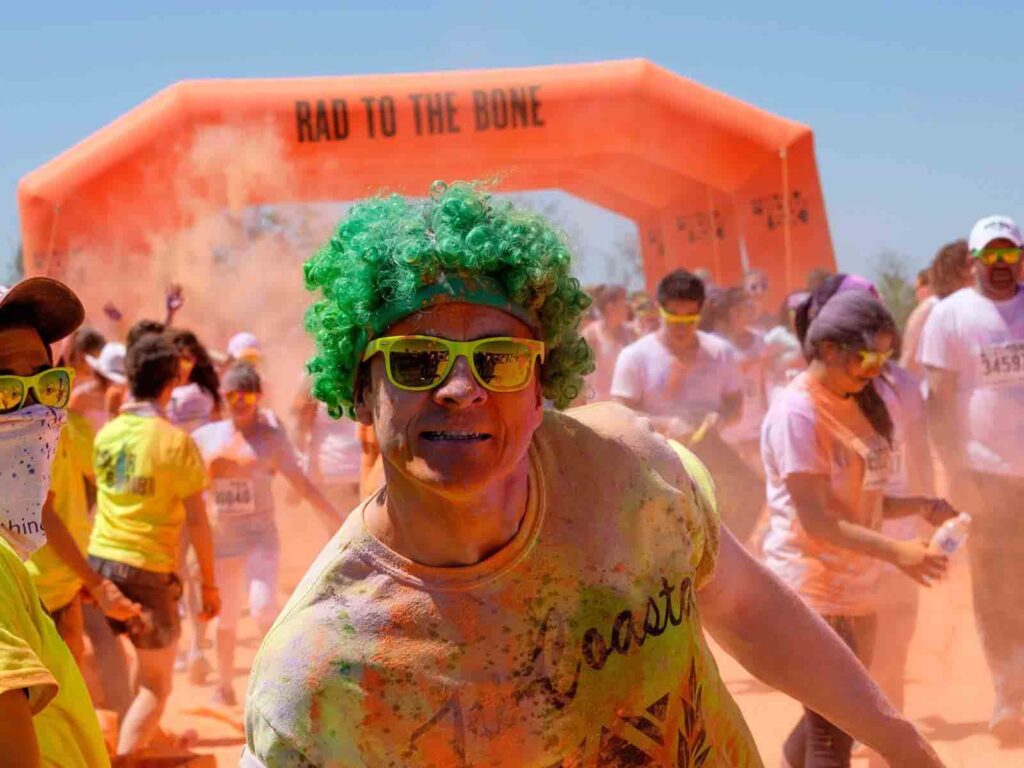The fusion of digital and traditional art represents a pivotal shift in the art world, blurring the lines between age-old techniques and cutting-edge technology. This article explores the profound impact digital art has on traditional mediums, highlighting the new horizons it opens for creativity and expression.
Understanding Digital Art
Digital art refers to artworks created with digital technology as an essential part of the creative or presentation process. It spans various forms, including paintings, sculptures, and music, created using computers, tablets, or digital tools.
Why Digital Art Matters
The advent of digital art has shifted the landscape of the art world, offering new avenues for creativity and expression. Its significance lies in its ability to transcend traditional barriers, reaching a wider audience and offering artists limitless possibilities for creation and innovation.
How Digital Art Is Created
Creating digital art involves a blend of artistic vision and technological expertise. Artists combine the use of advanced software with digital hardware to bring their imaginative concepts to life, breaking the boundaries of traditional art creation.
- Software and Tools: Artists use software like Adobe Photoshop, Illustrator, or open-source alternatives like GIMP and Krita.
- Hardware: Tools such as graphic tablets, digital pens, and 3D printers bring artists’ visions to life.
- Techniques: Techniques vary from digital painting and vector art to 3D modeling and digital sculpting.
Examples of Digital Art Influence
The influence of digital art, from blockchain art to virtual reality exhibitions, is revolutionizing the art world. It pushes the boundaries of creativity and offers audiences immersive ways to experience art. This shift goes beyond new tools and platforms; it reimagines the creation, distribution, and consumption of art, making it more accessible and interactive. Through digital innovations, art transcends traditional spaces, inviting viewers into dynamic, virtual environments. This transformation challenges our perceptions of art, marking a significant evolution in how we interact with creativity in the digital age.
- NFTs (Non-Fungible Tokens): Digital art has found a new form of ownership and value in the blockchain, through NFTs.
- Virtual Galleries: Artists and galleries are creating virtual spaces where audiences can explore art digitally.
- Interactive Installations: Digital technology enables art that interacts with the audience, changing based on movement or input.
The Dialogue between Digital and Traditional Art
Digital art does not exist in a vacuum but interacts with traditional art forms, influencing and being influenced by them.
“Digital art challenges our notions of what art can be and how it should be experienced.” – A prominent digital artist
Bridging the Gap
The integration of digital and traditional art forms creates a rich tapestry of cultural expression. This convergence not only enriches the artistic landscape but also encourages a dialogue between different artistic methodologies and philosophies.
- Hybrid Exhibitions: Galleries are hosting exhibitions that feature both digital and traditional artworks, highlighting the conversation between these mediums.
- Digital Techniques in Traditional Media: Traditional artists are incorporating digital processes into their workflows, such as using digital sketches as a basis for oil paintings.
- Educational Programs: Art institutions are offering courses that teach both digital and traditional art techniques, reflecting the intertwined nature of art today.
The Future of Art in a Digital Age
- Augmented Reality (AR) and Art: AR offers new ways to experience art, superimposing digital images in real-world environments.
- Artificial Intelligence (AI) in Art: AI is being used to create art, challenge artistic creativity, and even critique art.
- Sustainability in Digital Art: With concerns about the environmental impact of technology, there’s a growing focus on sustainable digital art practices.
Comparison of Digital and Traditional Art Forms
This table outlines the key differences and similarities between digital and traditional art forms, illustrating the unique attributes and challenges associated with each.
| Aspect | Digital Art | Traditional Art |
|---|---|---|
| Medium | Digital tools (software, tablets, etc.) | Physical mediums (paint, canvas, etc.) |
| Accessibility | High (easy sharing and reproduction) | Lower (original pieces) |
| Techniques | Infinite possibilities, easily changeable | Technique and material dependent |
| Interaction | Can be interactive and immersive | Static, though can evoke deep emotional responses |
| Presentation | Virtual galleries, online platforms | Physical galleries, museums |
| Cost | Lower initial cost, ongoing technology investment | Higher material cost, one-time investment |
Conclusion
The fusion of digital and traditional art forms is not a competition but a collaboration that expands the horizons of what art can be. As we move further into the digital age, this synergy promises to bring forth unprecedented creative expressions and experiences.
Macbook Pro 2019
This review was updated on January 23, 2020 with context around the 16-inch MacBook Pro, and rumors of an updated 13-inch MacBook Pro.Apple’s new MacBook Pro 13-inch is a beautiful machine, but it has several flaws that make it hard to recommend. It doesn’t have the power of the MacBook Pro 16-inch, nor does it have the new keyboard. Even with its recent price cut, it’s a bit too expensive for what’s offered, especially when you consider the other alternatives out there.
FOR
- Webcam now above display
- Big battery life boost
- Updated processors
- Lovely design
AGAINST
- Otherwise tiny update
- Only two Thunderbolt 3 ports
Product Review
User Reviews
Best Product
While an excellent entry with a stunning new display, the 2019 MacBook Air's dual-core processor still feels underwhelming. Even with a lower price of admission, it’s still pretty expensive considering its light starting specification and pricey upgrades.
Thank you
Your Review is appreciated




